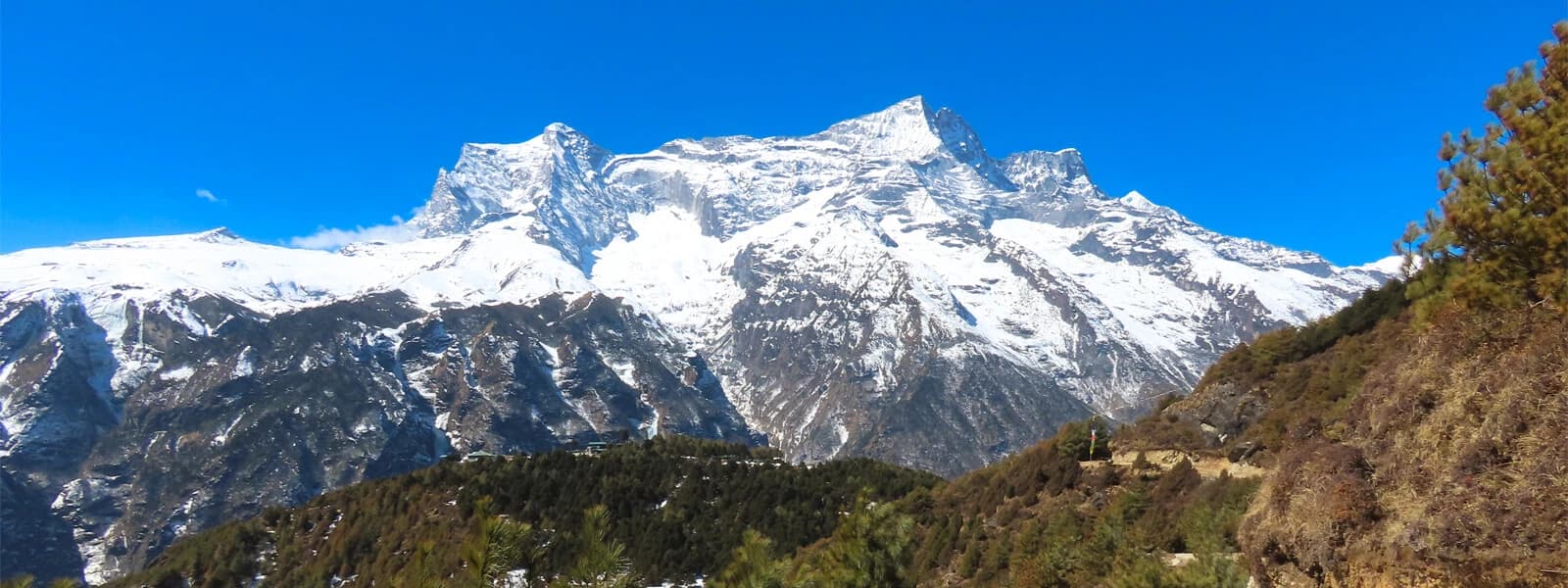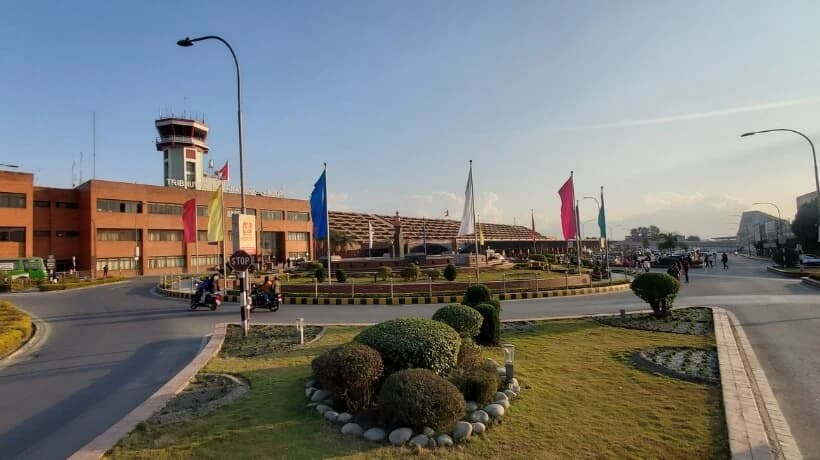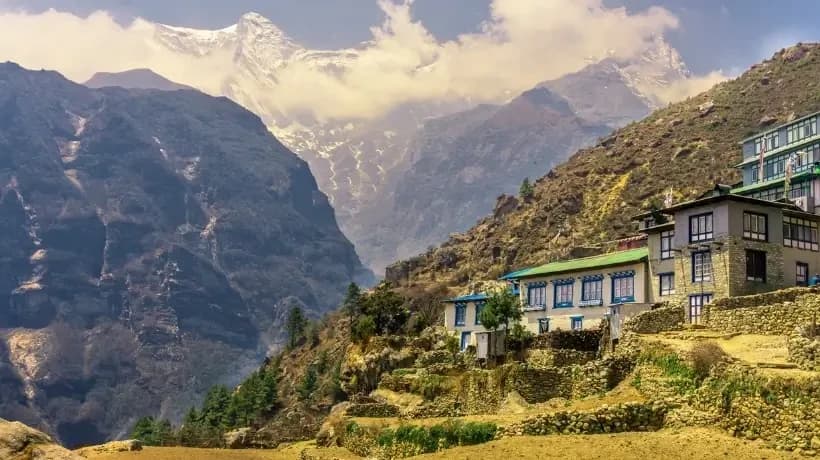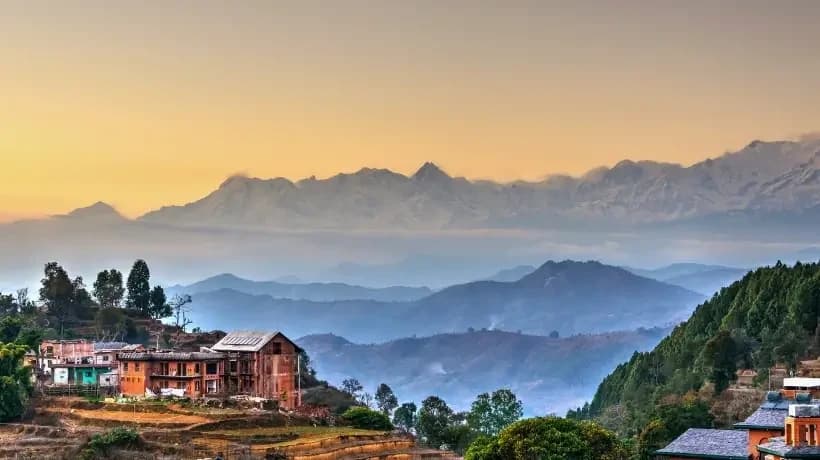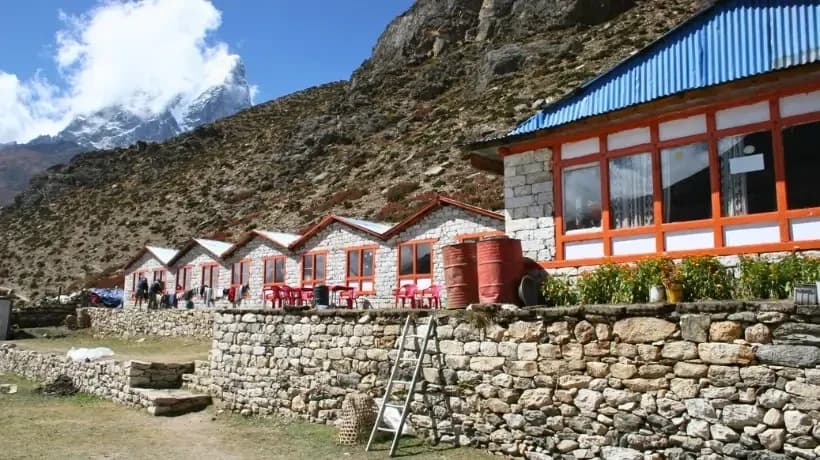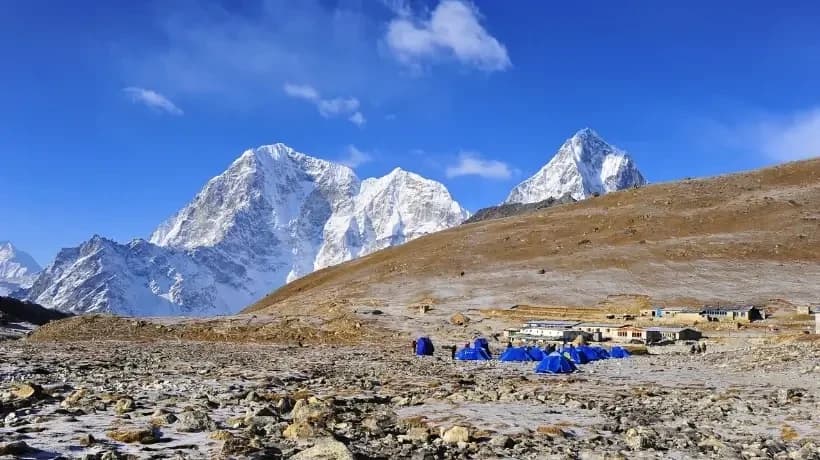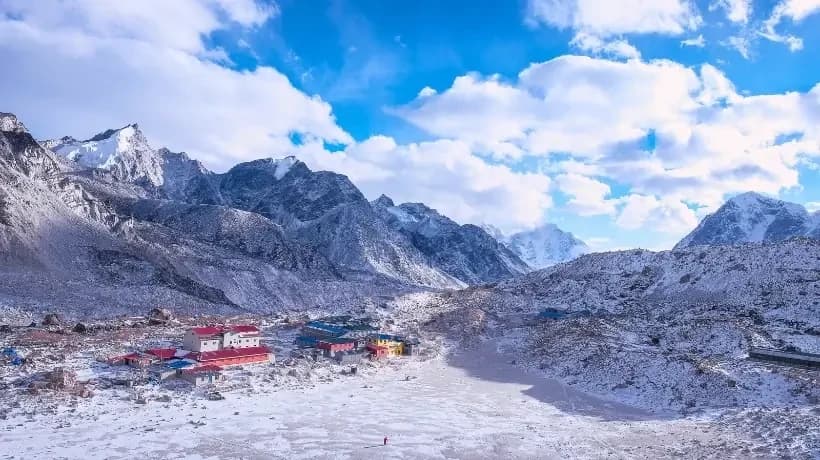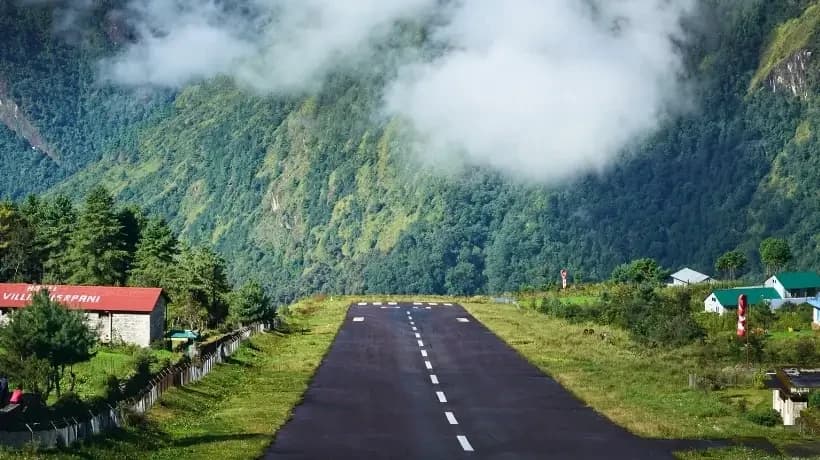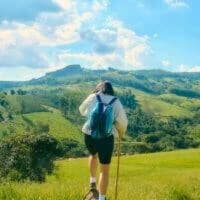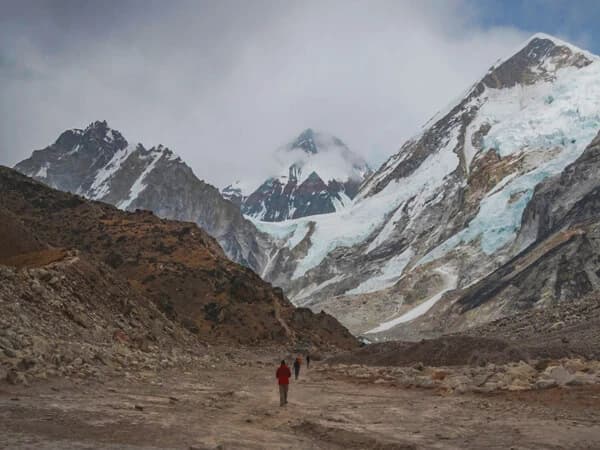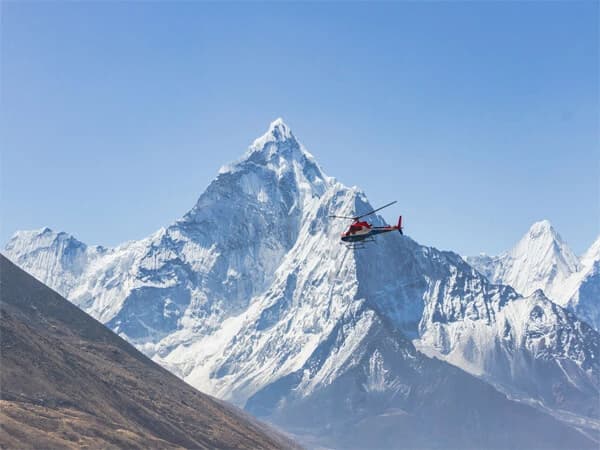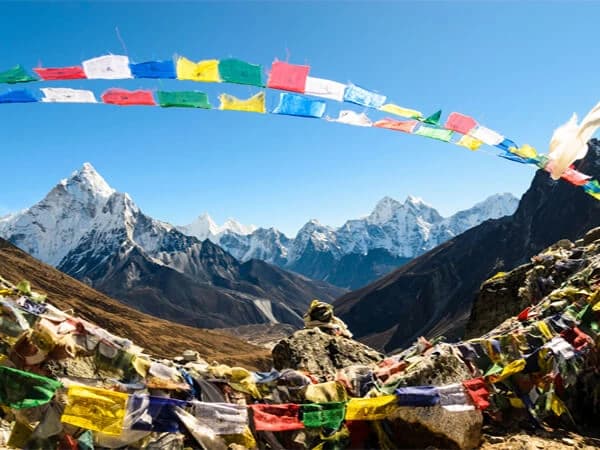Short Trekking To Everest Base Camp
An Everest base camp trek comes as a fantasy to almost every trekker but today the trek to Everest Base Camp is possible for people from all categories who want to notice the world's highest peak, Mt.Everest. Situated at an altitude of 5,364m above sea level, the Base Camp is positioned on the southern part of Mt. Everest. The Everest Base Camp is enough destination for trekkers to get the fruitful experience of viewing various top mountains such as Mt. Ama Dablam, Mt. Cho Oyo, Mt. Nuptse, and Mt. Lhotse, Mt. Chocolate.
Trekking in the Everest region/Khumbu region is not only limited to the periphery of fun but it has some other significance too. The vegetation, fauna, fascinating Sherpa culture & natural beauty of the place, the breathtaking scenery, and Nepalese local hospitality of this region is equally a matter of quest among scholars and researchers. This makes the Everest base camp trek the most unforgettable memory of a lifetime.
Different species of animals and plants including endangered species are also found here. Snow leopard, Himalayan bear, and Blue ship are common mammals one can sight here during the trek to the Everest base camp. In terms of plants, rhododendron, pine, and fir are common flora that is adding beauty to the front of white snow walls.
Sherpa's The Local Inhabitants
From the cultural perspective, the place (Khumbu Region) is well known for Sherpa culture. They are the local inhabitants of the place. They are the people without who mountain climbing, expedition is almost impossible. It is proven that Sherpa people have different anatomy due to which they can easily adapt to such altitude. Besides, the people of the area follow Buddhism and they have deep respect for Lord Buddha. The Tengboche Monastery of Tengboche is an example of how deeply they are associated with religion.
Short Everest Base camp Trek Route
To start our 7 days at Everest base trek first, we take a 20 minutes scenic flight from Kathmandu airport towards Lukla. Lukla is the starting point of the Everest Base Camp trek which is regarded as one of the world's most dangerous & surviving airstrips. It was built under the supervision of Sir Edmund Hillary in 1964. Thereafter our trek to Everest base camp starts with trekking towards Namche Bazar. To reach Namche Bazaar the trail is followed through Dudh Koshi. It is situated at an altitude of 3,440m. Namche is considered a crucial trading destination among the people of the Khumbu Region. It is a place where local people gather in order to purchase their basic needs. This place is also a meeting point for the people living in the Khumbu region for various social purposes. It is a locality of Sherpa people living in the Everest region.
Considering the satisfaction of trekkers Regulus has drafted a tailor-made itinerary so that every trekker around the world gets maximum chance to make their trip fruitful from all sides and Everest Base Camp trek 7 days, short trek in Everest is one of them.
In addition to this 7 days short Everest Base Camp trek, there are other Everest trekking packages for trekkers looking for more challenges. They are
14 Days Everest Base Camp trek
18 Days Everest Chola Pass Trek
18 Days Everest Base Gokyo Lake Trek


